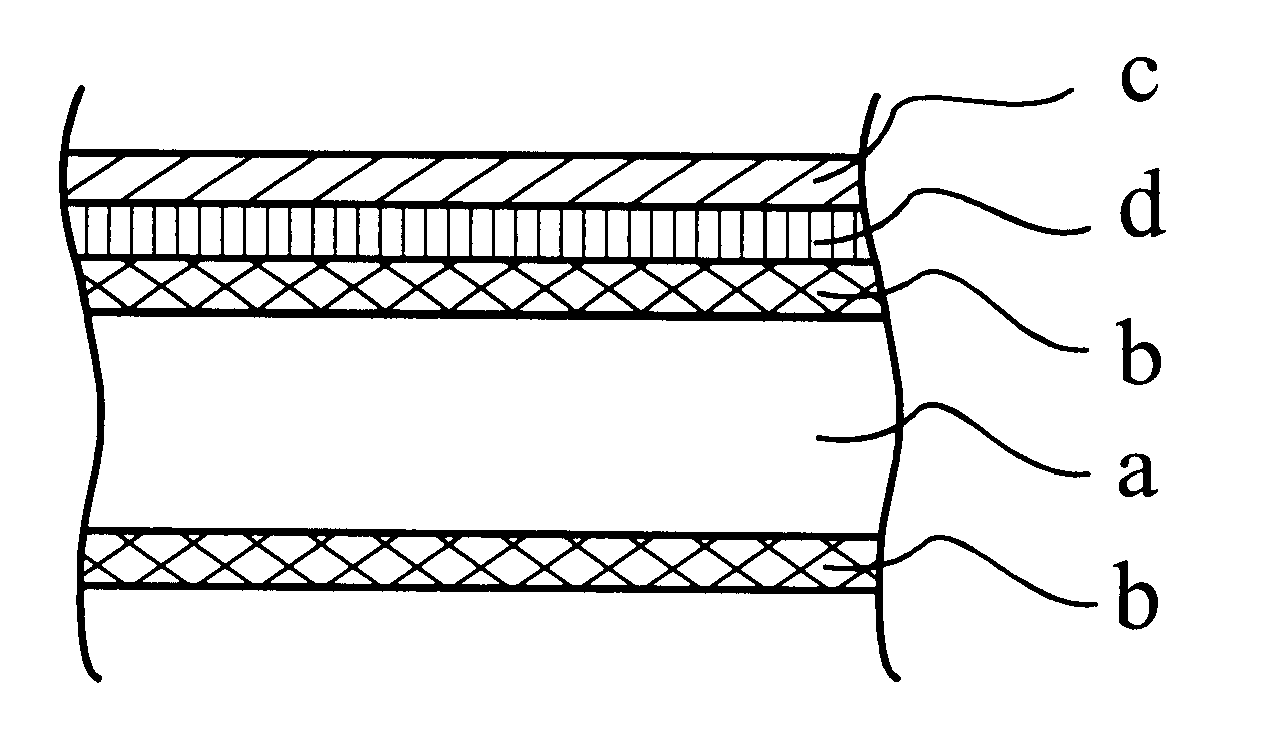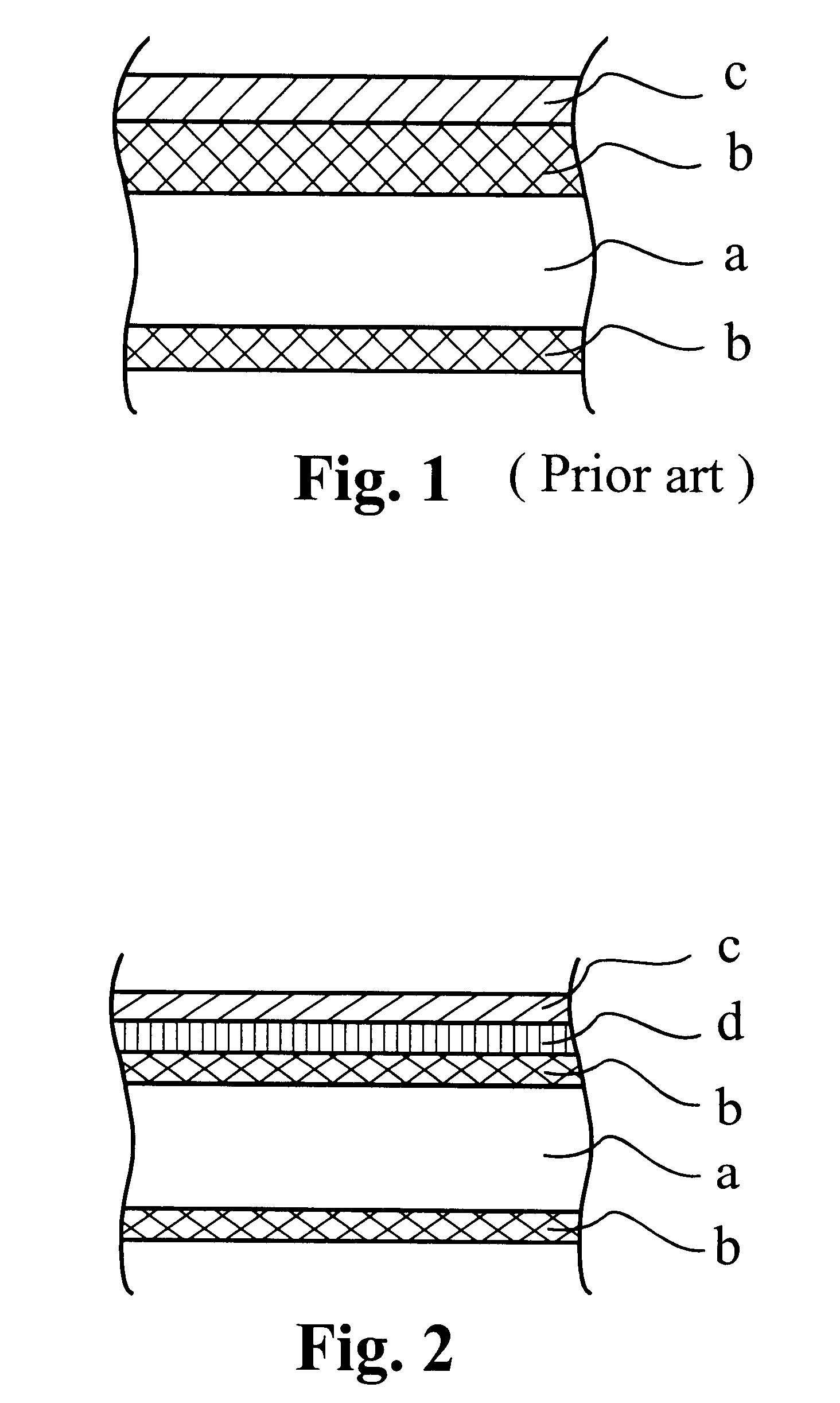Method of manufacturing an assembly of brazed dissimilar metal components
a technology of dissimilar metal components and manufacturing methods, which is applied in the direction of electron beam welding apparatus, non-electric welding apparatus, building components, etc., can solve the problems of high material cleanliness requirements, difficulty in traditional powder or wet flux, and undesirable use of lead for manufacturing brazed assemblies
- Summary
- Abstract
- Description
- Claims
- Application Information
AI Technical Summary
Benefits of technology
Problems solved by technology
Method used
Image
Examples
example 1
On a laboratory scale tests have been carried out on aluminium brazing sheet product manufactured from an AA3003-series aluminium core alloy roll clad on both sides with an AA4045-series aluminium clad alloy. The product had a total thickness of 0.5 mm, and the thickness of each clad being 10.9% of the total thickness. The composition, in weight percent, of these alloys is given in Table 1.
Each sample was treated by the following sequential process steps (see also Table 2),
cleaning by immersion for 180 sec. in ChemTec (trade name) 30014 (a commercial alkaline (etch) degreaser), and rinsing,
alkaline etching for 20 sec. in ChemTec (trade name) 30203 (a commercial available alkaline etch cleaner), and rinsing,
optionally desmutting for 4 sec. in an acidic oxidizing solution, typically 25-50 vol. % nitric acid, comprising ChemTec (trade name) 11093 (a commercial available pickle activator) at ambient temperature, followed by rinsing,
optionally zincate immersion using ChemTec (trade name)...
example 2
Analogous to Example 1, multi-layered brazing sheet products have been prepared and subsequently brazed to: copper plated stainless steel (AA304 grade), copper plated low-carbon steel (0.15 max. weight. % C, and 1.65 max. weight. % Mn), brass (70% copper, 30% zinc), 100% copper sheet and titanium 5.4 l. However, the nickel comprising layer has been applied using a different manner, namely by using a nickel plating bath having a composition as set out in Table 3 and having a pH of 5.5. The Bi-ion concentration has been added to the plating bath using a Bi-ion concentrate of 160 g / l sodium hydroxide, 300 g / l sodium gluconate and 111 g / l bismuth oxide. The electroplating of a Ni--Bi layer was performed at 57.degree. C. using a current density of 6 A / dm.sup.2 and a plating time of 25 sec. About 10 g / m.sup.2 of nickel was deposited and about 0.5 g / m.sup.2 bismuth, being the sum of the applied layers on both sides on the brazing sheet product. The bismuth content of the deposited alloy la...
PUM
| Property | Measurement | Unit |
|---|---|---|
| thickness | aaaaa | aaaaa |
| thickness | aaaaa | aaaaa |
| thickness | aaaaa | aaaaa |
Abstract
Description
Claims
Application Information
 Login to View More
Login to View More - R&D
- Intellectual Property
- Life Sciences
- Materials
- Tech Scout
- Unparalleled Data Quality
- Higher Quality Content
- 60% Fewer Hallucinations
Browse by: Latest US Patents, China's latest patents, Technical Efficacy Thesaurus, Application Domain, Technology Topic, Popular Technical Reports.
© 2025 PatSnap. All rights reserved.Legal|Privacy policy|Modern Slavery Act Transparency Statement|Sitemap|About US| Contact US: help@patsnap.com


